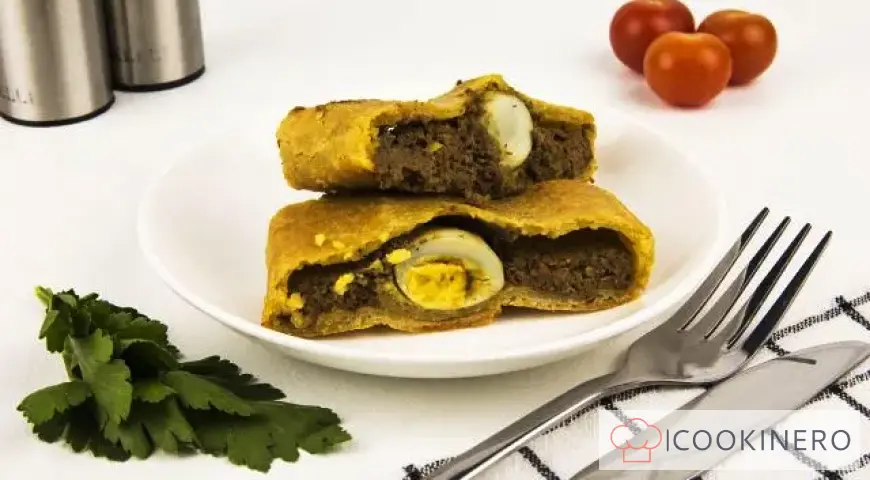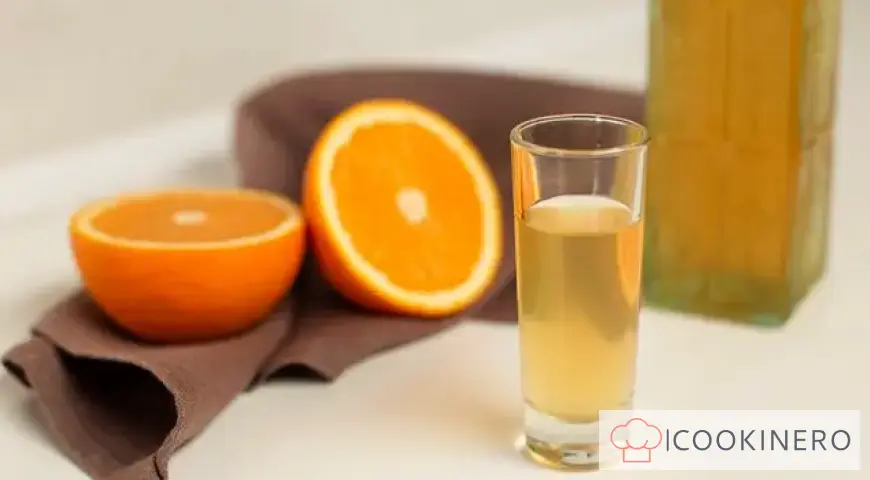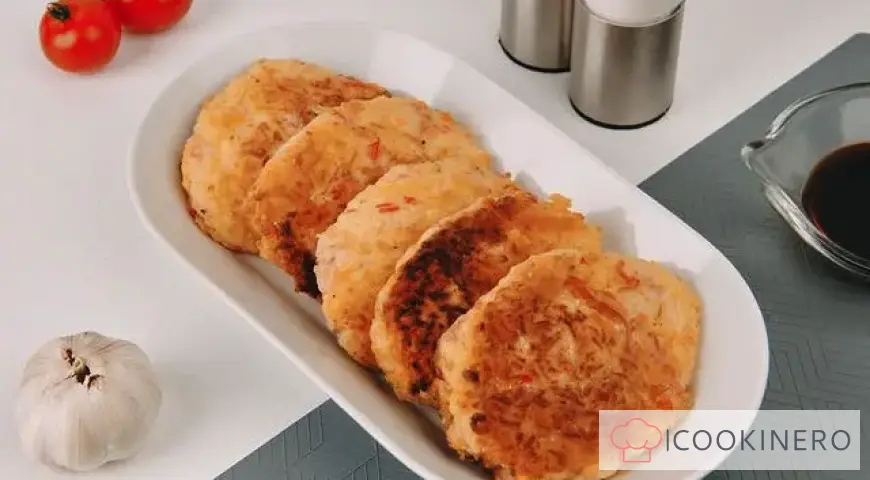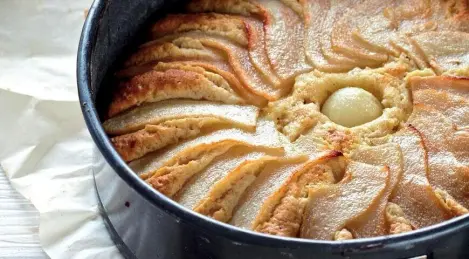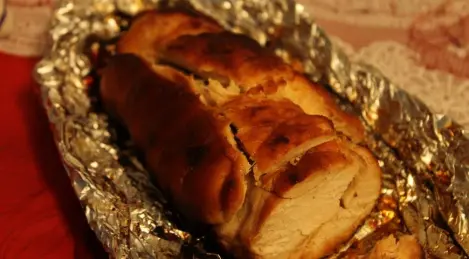Poached egg

"A creamy yolk, enveloped in delicate flakes of protein" - this is the description you will find in Wikipedia if you decide to read about a poached egg. The dish is quite simple, but it can make your breakfast a little festive. Especially if you approach the serving creatively. In the recipe, we left a hint that will help you beautifully decorate this French dish.
How to cook Poached egg
Step 1
Bring water and vinegar to a boil, then reduce heat.
Step 2
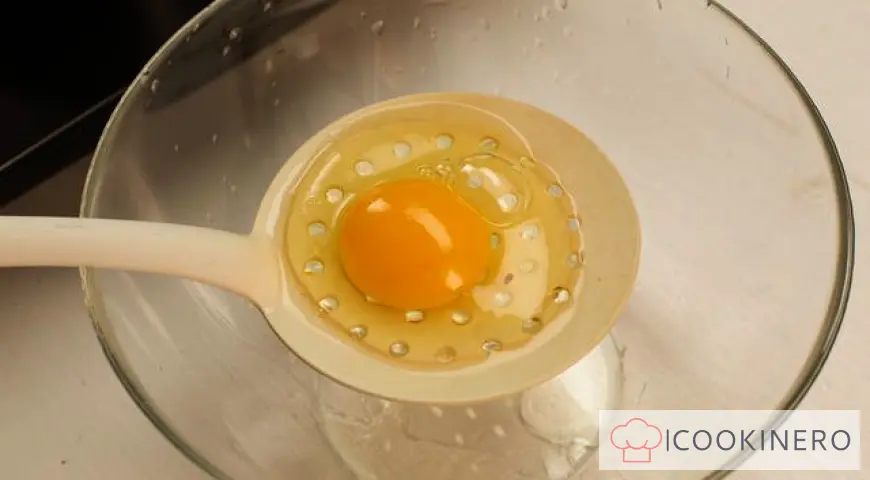
Pour the egg into a sieve to remove excess liquid, make a vortex in the water with a spoon and carefully place the egg in it. Cook for 2 minutes.
Step 3

Serve sprinkled with a little salt and pepper.
Poached egg - FAQ About Ingredients, Baking Time and Storage
Reviews: 0
0 Overall ratingHave you already prepared this recipe? Tell what you think.
Write a review
Trending

Khinkal in Dagestan style
Khinkal is a traditional Caucasian dish. It is often confused with such a famous Georgian dish as khinkali. And, although the set of products in both dishes is quite similar, they are nevertheless different. Traditionally, khinkal is prepared on the
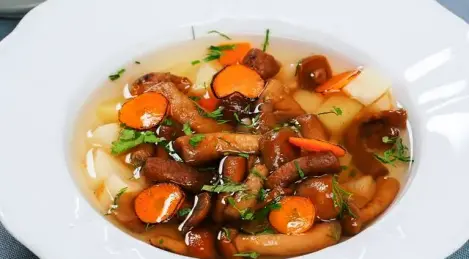
Honey mushroom soup
Frozen honey mushrooms allow you to enjoy the taste and aroma of mushroom soup even in winter. There are many recipes with honey mushrooms and other frozen or dried mushrooms in traditional Russian cuisine. But soup with honey mushrooms, frozen whole

Ossobuco with bulgur and pumpkin
Ossobucco is a piece of beef shank that is stewed for a long time with vegetables and tomato. Served on bones.

